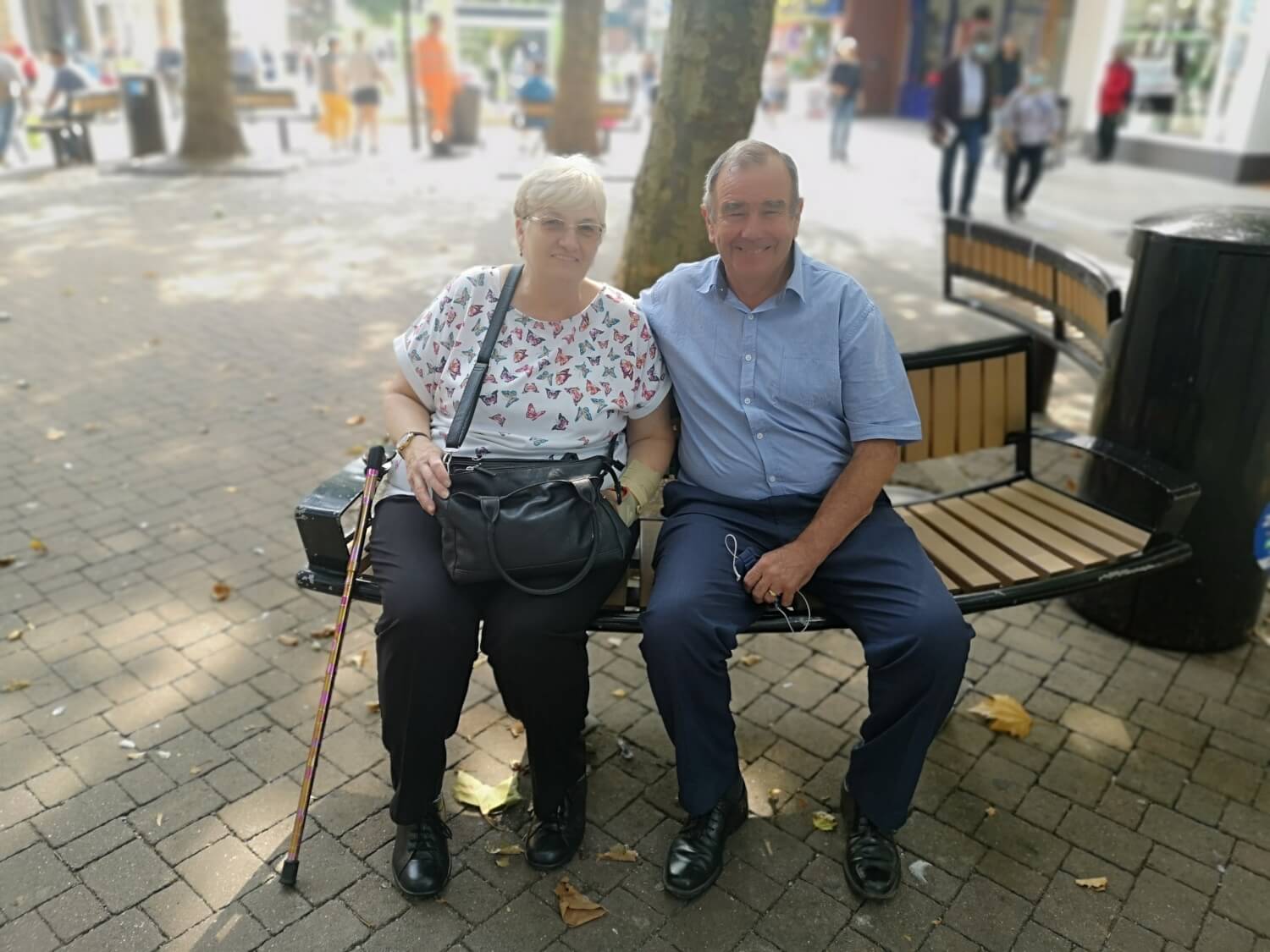The decision of whether or not to wear a face covering on public transport is not an easy one for those exempt, with many feeling the pressure to wear one anyway – despite not being required to. Bus Users’ Victoria Walker gives an insight into the experience of one such passenger
Face coverings have become a divisive issue on public transport. We know of numerous cases where people with an exemption have been challenged or abused for not wearing one, or have simply avoided travelling altogether.

To find out what it’s really like, Bus Users Programme Manager, Victoria Walker, spent a day riding buses with Anne and Tony Broughton.
Anne has severe breathing difficulties and under Government guidelines is clearly exempt from wearing a face covering on public transport. She is extremely anxious about travelling without one, however, and for their first journey together, Anne opts to wear a mask.
Problems arise almost immediately. As the bus arrives and the trio board, they find the lower deck crowded with young people clearly unconcerned about social distancing. According to Anne this is often the case and anyone wanting to social distance is forced to make their way upstairs to the quieter, upper deck. Inevitably, these passengers are often older and, like Anne, have underlying health issues, making the trek upstairs a real challenge.
By the time they reach a seat, Anne is desperately struggling for breath and can barely speak. Fortunately there is just one other person sitting in the upper deck and Anne feels safe enough to remove her mask. Once she has relaxed and can breathe more easily, the three travellers enjoy the rest of the journey in relative comfort. Interestingly, despite her own experiences and her fears about travelling without a face covering, both Anne and husband Tony share their concerns about some of the young people on board without face coverings.
On their second journey of the day, Anne nervously agrees to travel without either her mask or walking aid. Her breathing and speech are much better as a result but her anxiety levels are extremely high and her lack of face covering draws attention from other passengers.
For their third and final journey, Anne does not wear a face covering but instead uses her walking aid. Anne clearly sees it as a visible sign to other passengers that she is medically exempt and it immediately puts her at ease.
One or two people register the group as they board the bus, but they casually look away and the majority don’t seem to notice them at all.
While on board, Victoria asks Anne how she would feel about carrying an exemption card or wearing a lanyard, and is surprised by her response: “I really don’t think I’d be eligible because there’s nothing obviously wrong with me. It’s far easier just to wear a face covering or travel with my stick. That way people can see that I have mobility issues and will understand why I’m not wearing a mask, without having to confront me and ask to see a card.”
While no other passengers or drivers challenged Anne during their day together, or went out of their way to make her feel uncomfortable, Anne was clearly afraid that they might. According to Victoria: “Anne’s anxiety is so severe that she would rather wear a face covering than risk attracting unwanted attention – despite the fact that it causes her a huge amount of discomfort and could even damage her health.”
Operators have been working tirelessly to keep their passengers and drivers safe. But there is clearly still work to be done to help passengers like Anne feel confident about travelling. That includes raising awareness of medical exemptions, promoting exemption cards, apps and lanyards for those who might want to use them, and ensuring that everyone – whether they wear a face covering or not – can travel in safety and comfort.

